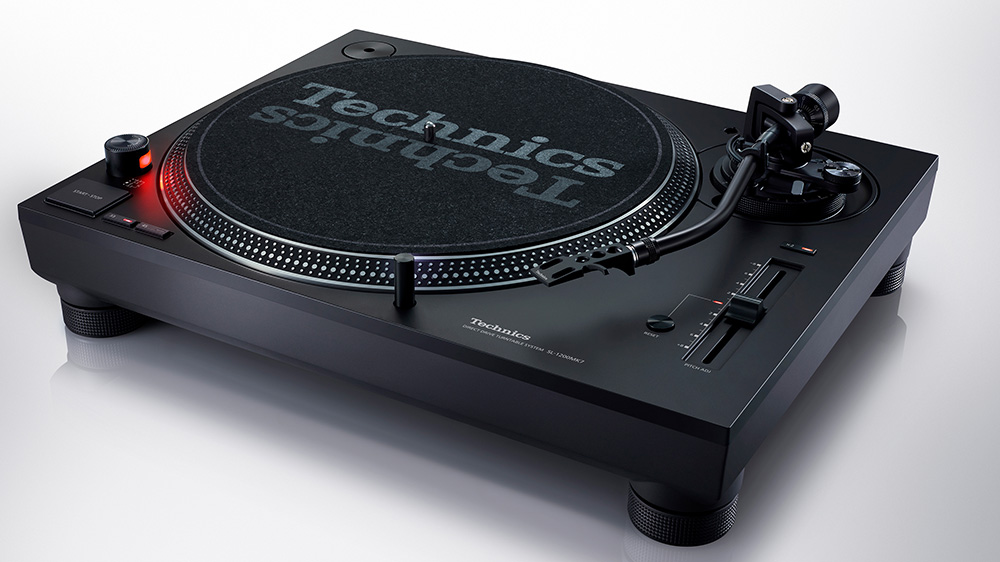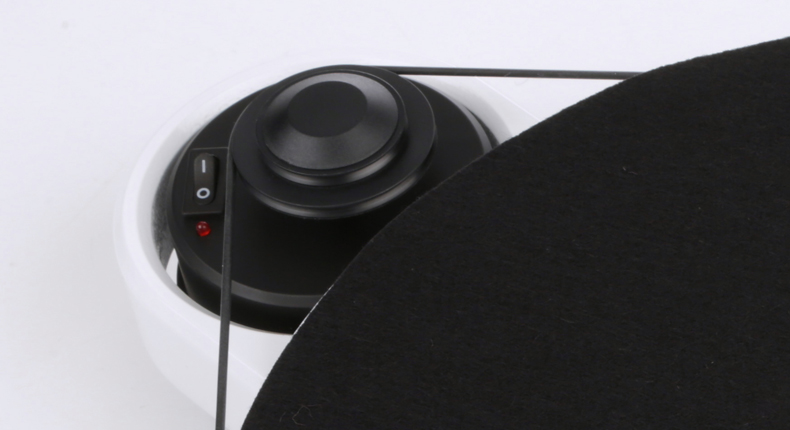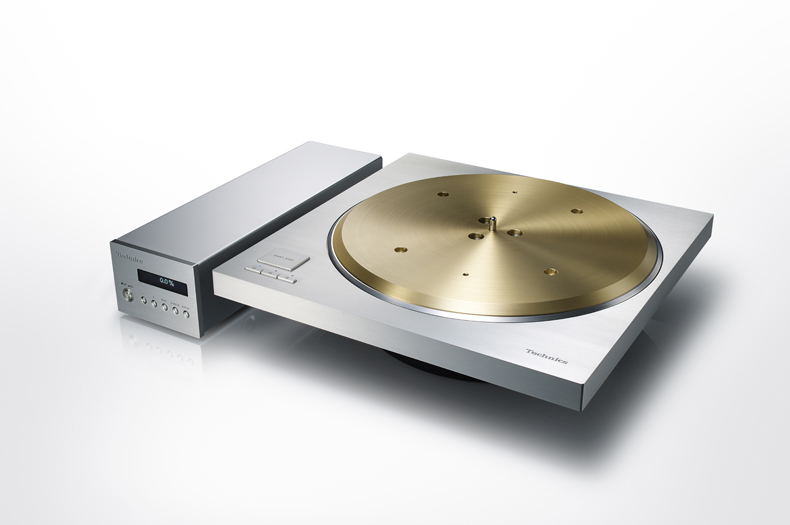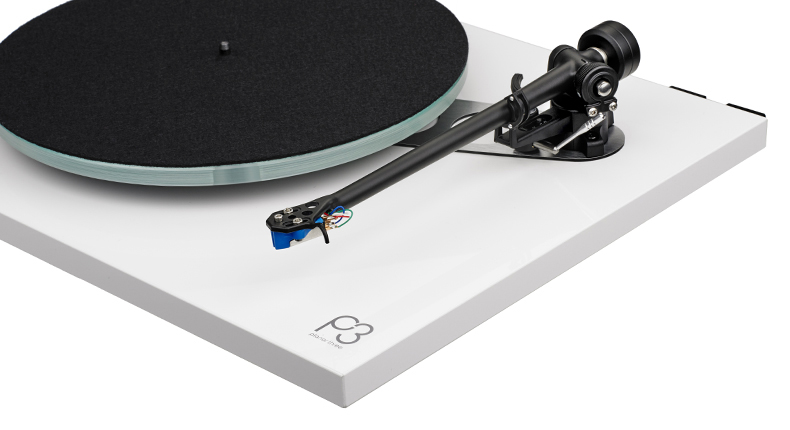Belt drive and direct drive turntables – what are the differences?
What's the difference between the two types of turntable design, and why does it matter?

If ever you’ve attempted navigating a turntable spec sheet, at some point you’ll likely have been overwhelmed by a swathe of seemingly arbitrary information. A hi-fi spec sheet is often a festival of measurements and stock phrases seemingly designed only to wow and confuse.
To an extent it’s true to say the only aspect you really need consider when choosing any hi-fi component – assuming it fits your budget and has all the features you desire – is sonic performance.
Still, it is useful to know what these arcane terms mean. So if you’ve been pondering the difference between belt and direct drive in particular, let us at least explain a few of the basics.
What's the difference?

Anyone with even a passing interest in the workings of a turntable can probably work this one out simply from the names: as descriptors go, they’re pretty decent.
Direct drive turntables simply have the motor located beneath the platter, rotating it, well, directly.
Belt drive 'tables, on the other hand, have the motor offset – and wrapped around the spindle is a thin belt, almost always made from rubber, which hugs the main platter and rotates it like a pulley.
All very straightforward, no?
Why would a company favour one over the other?
Of course, if either means of driving a turntable were without caveat, there’d be no need for the other – but each is compromised as much as it has its strengths. In a sense it’s about a manufacturer deciding which method’s shortcomings it’s easier to combat while making the most of its inherent talents.
Direct drive turntables’ main fortes are linked largely to their higher torque. It means a faster start-up speed and less vulnerability to extraneous force (such as the weight of the stylus as it tracks the groove).
Because it reaches the correct speed so rapidly it’s largely the domain of DJs (as rapidly became clear following its invention by Matsushita engineer Shuichi Obata in 1969) – it allows them to stop and, effectively, manually rewind vinyl as they attempt to align the beats coming from two decks.
However, because the platter is attached to the motor, vibrations are fed directly from the latter to the former – which are of course then transmitted to the cartridge. So there's inevitably a degree of distortion added to the final performance.

Isolating the motor in a belt drive configuration sidesteps that issue somewhat - any vibrations are partially damped by the presence of the rubber belt. That lessening of motor interference, in a well manufactured belt-drive turntable at least, will feed into most aspects of the eventual sound – because the cartridge is more easily able to track the information etched into the groove of your record.
But because the belt can only be so taut (and factoring in the necessary give for it to move freely round the platter and pulley spindle), in theory rotation speed is not quite as consistently accurate, due to stretch and potential slipping.
That can be exacerbated if either the belt is not of the same thickness all the way round, or the spindle or platter is not machined to be perfectly cylindrical. That’s where a lot of additional cost for your deck accrues – manufacturers spend the necessary time machining components as precisely as possible.
Equally important is the machining of the main bearing. A loose bearing will have differing negative effects for each drive setup.
For direct, the spindle could be all at sea, effectively making the record into a moving target for your stylus and leading to less accurate tracking. The force of a belt, meanwhile, could pull the main bearing to one side, generating more noise.
It isn’t uncommon for higher-end belt drive decks to have multiple motors, thus balancing the pull on the platter as well as improving drive.
What about replacing or upgrading the belt?
Belts should last a long time, but will need replacing if they become too loose, cracked or stretched to leave them uneven in certain areas. We wouldn’t expect that to happen to a new belt for at least a few years, though.
Some manufacturers do offer belt upgrades. While these might be made from different materials for better damping or longer life, it’s as likely the upgrade is in how much care has been taken in the belt's manufacture – making sure there are no, or at least fewer, irregularities in form.
- The holy grail of vinyl: the art of half-speed mastering
Does it affect us, the listener?

Certainly not in the sense you ought opt for one turntable over another simply due to it being either belt or direct drive. Sound is king and, if you’re pleased with the performance of a deck, how it’s driven oughtn’t be a factor when testing one out.
All but one of our Award-winning record players – that one being the Technics SL-1500C – just so happen to be belt driven. But that's really only a matter of their performance, perhaps combined with the current trend towards belt drives in home-use turntables.
That said, a little understanding of how your turntable is working can only be a good thing, especially if – dare we say it – something were ever to go wrong.
MORE:
Check out our guide to the best record players across all budgets
Read all our recent turntable reviews
Get the What Hi-Fi? Newsletter
The latest hi-fi, home cinema and tech news, reviews, buying advice and deals, direct to your inbox.
